Archaeology co-ordinator Trevor gives an update on the Bronze Age build as we begin the major job of thatching our roundhouse! Thanks to Harvey Mills for the great photos of the start of the thatching!
The first day of September was also the first day of thatching on our roundhouse. From here on our structure starts to look like a house. Lyle Morgans, the master Thatcher who has done such fantastic work on many of our buildings, and the subject of recent Butser Plus videos, spent the day introducing our team to the time-honoured craft.
Our roundhouse will be thatched with water reed. It’s a very durable material and one that might well have been available to the Bronze Age residents of Dunch Hill. The river Avon flows quite near the site of the original building and, although there are no reed beds there now, it is very possible that it was a source of reed in prehistory, when both climate and water use were different to the present day.
There is ample evidence in the archaeology of Bronze Age Britain for the use of thatch. Today the most common thatching materials in Southern Britain are long straw or water reed, like ours. However, other materials are suitable for thatching, such as heather and gorse. It is most likely that people used the most readily available resources, which may have seen them use a mixture of materials to cover a single roof.
There are different techniques which can be used to thatch. Our water reed will be tied to horizontal hazel battens that are fixed to the roof rafters at close intervals, from top to bottom. Lyle demonstrated the technique of tying regular bundles of reed – called ‘yelms’ – to the battens. They are secured to the battens and to each other with twine so that they form a continuous, tightly packed band around the entire perimeter of the building. The first row looks a bit like a fringe. As the thatch is tied higher up the roof, the higher yelms overlap those below them, covering the twine that secures the lower thatch to ensure that the roof is waterproof and to minimise the chance of the twine rotting and breaking.
In a final flourish, the thatch is dressed into neat, even rows as it is tied on using a tool called a leggett. By the end of the day we had not only learned the basics of the magic of thatching but also some arcane terms – so it was a little like joining the secret society of thatchers! All of we Magician’s Apprentices learned a lot and had another great day. A couple of the team have taken to thatching like ducks to water. John, in particular, is looking like becoming competition for Lyle in the not too distant future, although I think the allure of archaeology will prove too strong.
With all of this new found expertise and enthusiasm, combined with the experienced guiding hand of Butser’s own Man for All Seasons, Will, we aim to have the thatching finished by early October. Fingers crossed and yelms at the ready.
To support our Bronze Age Roundhouse project with Operation Nightingale and discover more behind the scenes footage of the build head to at www.butserplus.com where we are releasing weekly video episodes about work and projects at the farm. Thank you!

